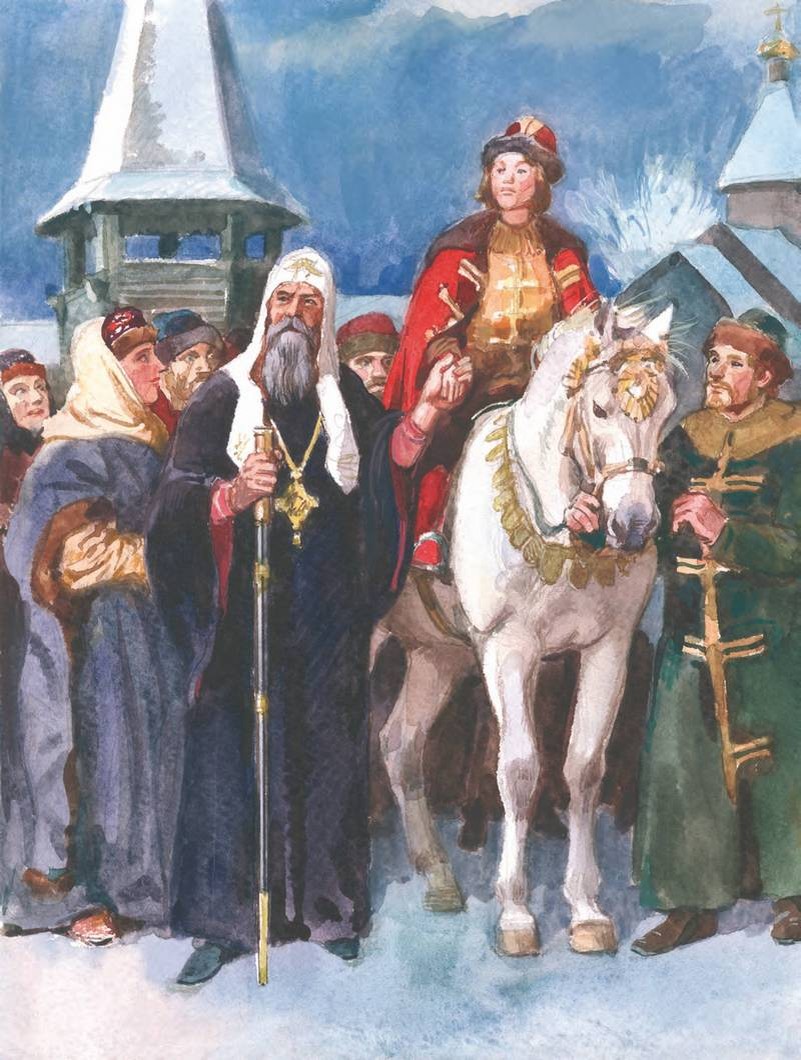Saint Basil of Ostrog: The Monk Who Stood Between Empires and a People
Born December 28, 1610, in the Herzegovinian village of Mrkonica, in Popovo Polje, he was baptized as Stepan (Stoyan). Raised in a devout family, he devoted himself to fasting, prayer, and the church. His parents sent him to the Zavala Monastery to deepen his spiritual life and literacy. There, under the guidance of his uncle Seraphim, the young Stepan learned Sacred Scripture and worldly knowledge, and a longing to become a monk grew in him.
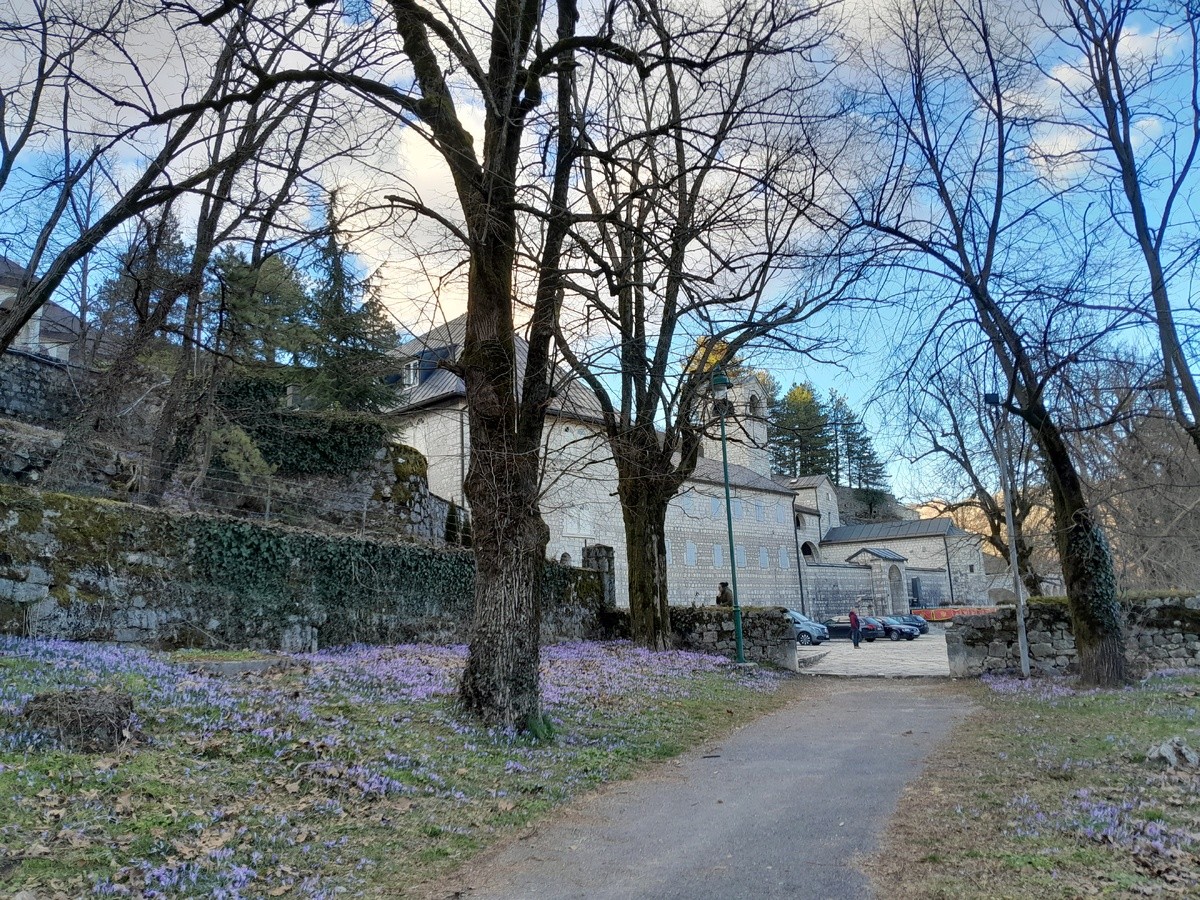
In This Article:
Early Life and Call: Born in Herzegovina, Baptized as Stoyan
In the Zavala Monastery, his path toward monastic life began in earnest. In Trebinje Monastery he received the monastic name Basil. In his youth he served in the monastery at Cetinje. He opposed the Montenegrin Metropolitan Mardarije’s plan to negotiate a union with Catholic Rome, and was slandered before leaving Montenegro. At Tvrdosh he renewed his vow to fasting and prayer, and was given the name Basil in emulation of Saint Basil the Great. Soon after, he was ordained a deacon and a priest.
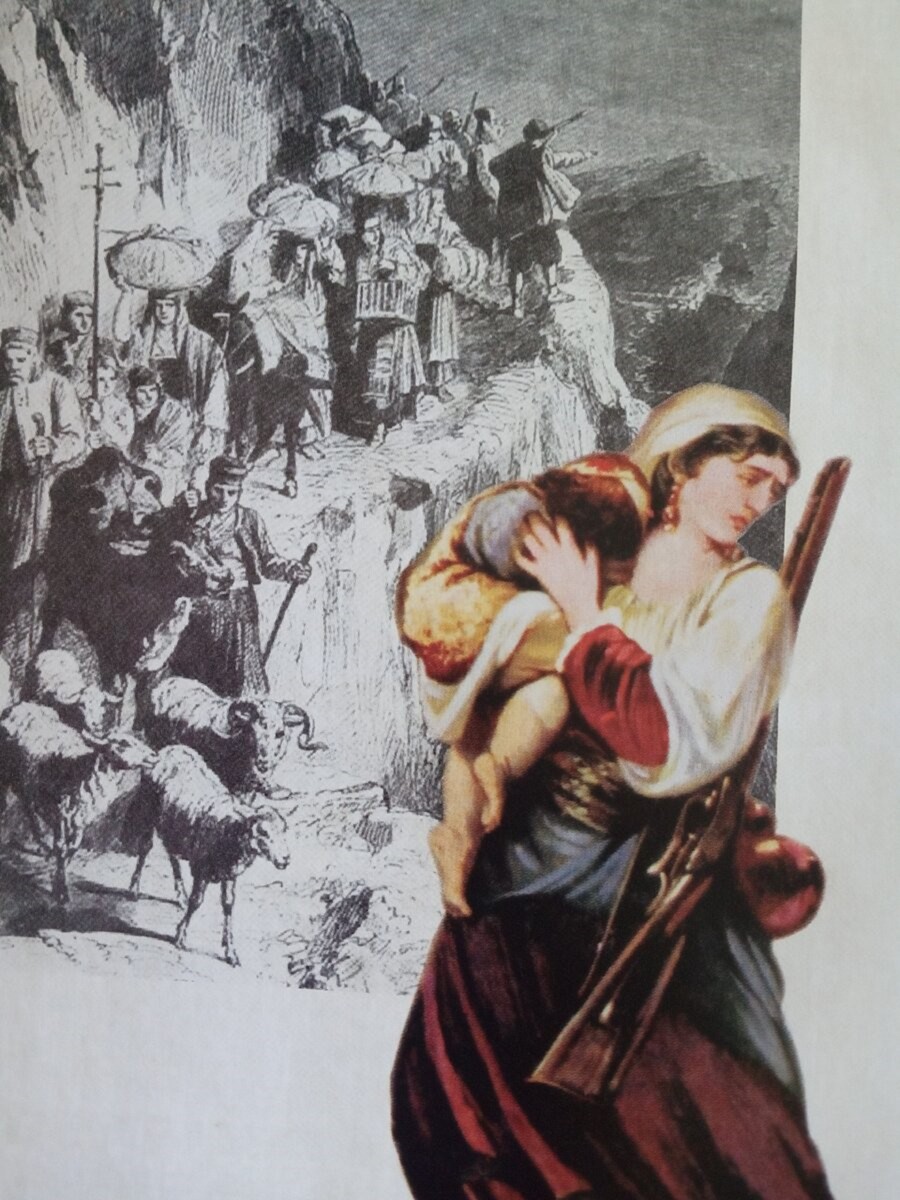
The Path to Orthodoxy: Tvrdosh, Mount Athos and Russia
At Tvrdosh, Basil received the title of archimandrite, opening the door to a life of travel among Orthodox centers. He journeyed to the Holy Mountain (Mount Athos) and then to Russia, returning with gifts for the poor and for Herzegovinian churches. He also helped restore dilapidated churches and schools, and his fame grew as a steadfast opponent of pressures to unify with Catholicism.
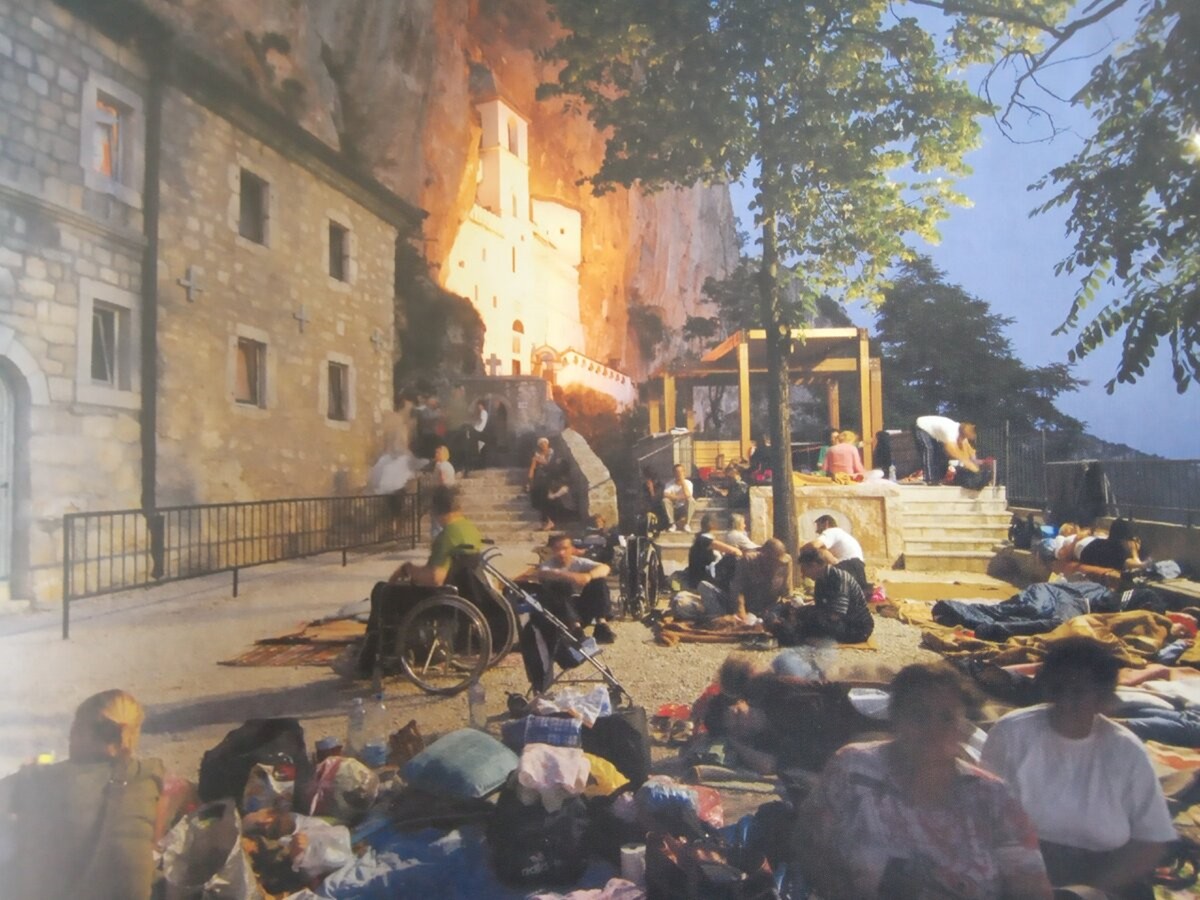
A Monk in a Cave, A Leader for a Nation
Due to disagreements with the monastery brothers, Basil chose Ostrog as his permanent residence in 1651, when he was entrusted with the governance of the Metropolis. Legend says he lived for a time in the cave of the elder Isaiah near Ostrog, and a small chapel stood nearby. From the Ostrog fortress, he mentored monks and offered counsel to the people, sheltering the vulnerable during Turkish raids and guiding the faithful through hardship. He also prophesied about Prince Raiko, who would come to rely on his counsel and spiritual strength.
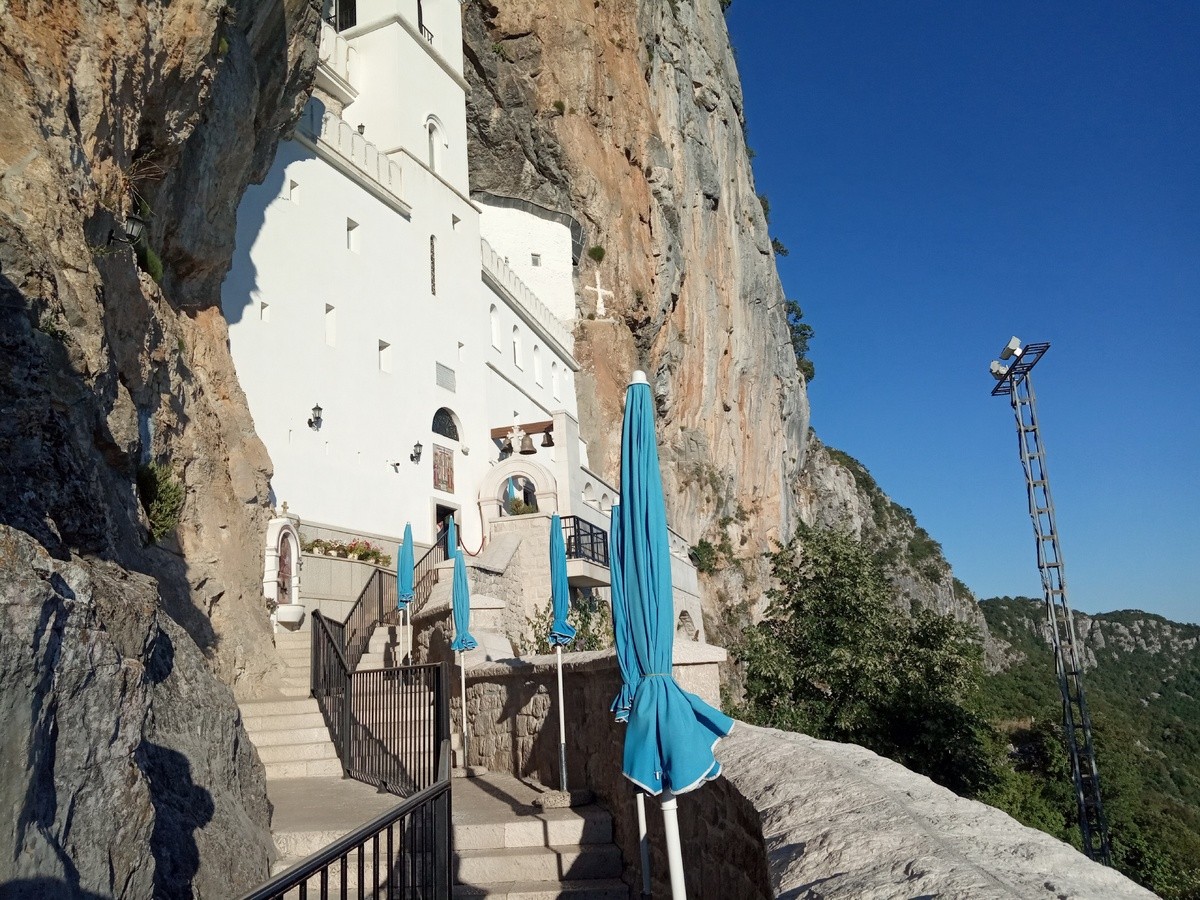
Legacy: Relics, Miracles, and the Ostrog Monastery
Saint Basil died on April 29, 1671, in his cell; a legend says the cell glowed with bright light at his departure. His body was buried beneath the Church of the Annunciation. Over the centuries his relics were moved several times during wars and upheavals: 1714, they were placed near the Zeta River; 1852, they were moved ahead of Omar Pasha’s advance; 1876 and 1878 they were moved again amid wars and finally returned to Ostrog. In World War II the monastery endured bombardments without serious damage. Pilgrims continue to visit his tomb, and legends of miracles persist. Liturgies are celebrated on Christmas, Epiphany Eve, Holy Thursday, and the day of his death, April 29.
